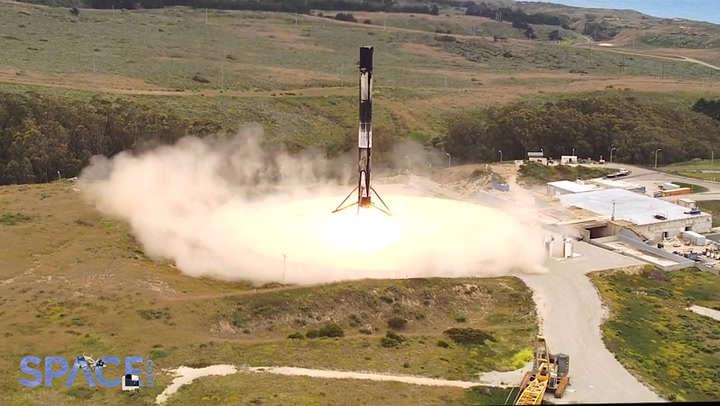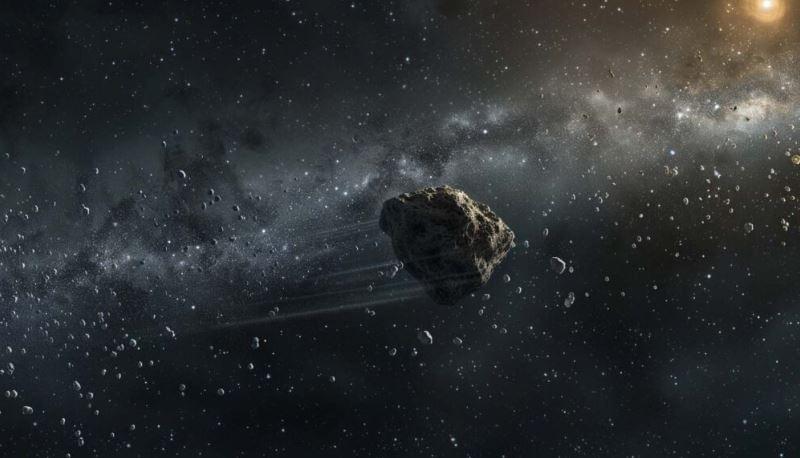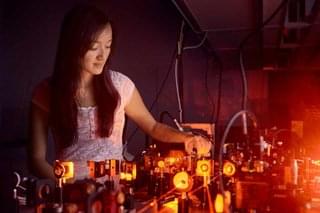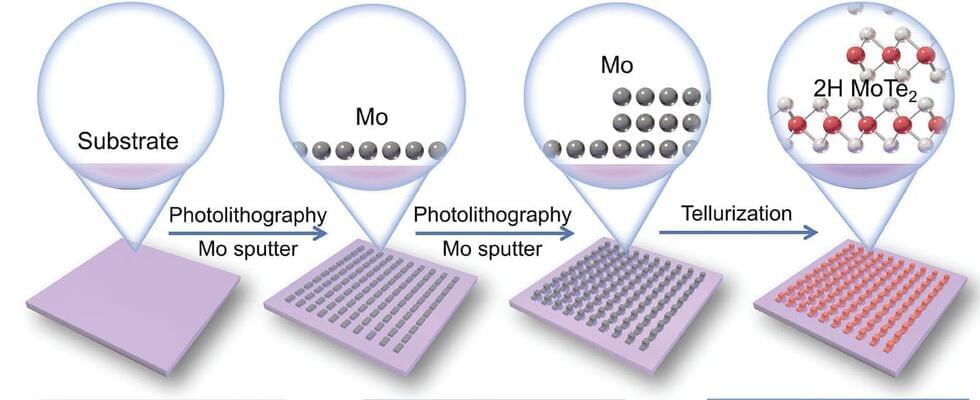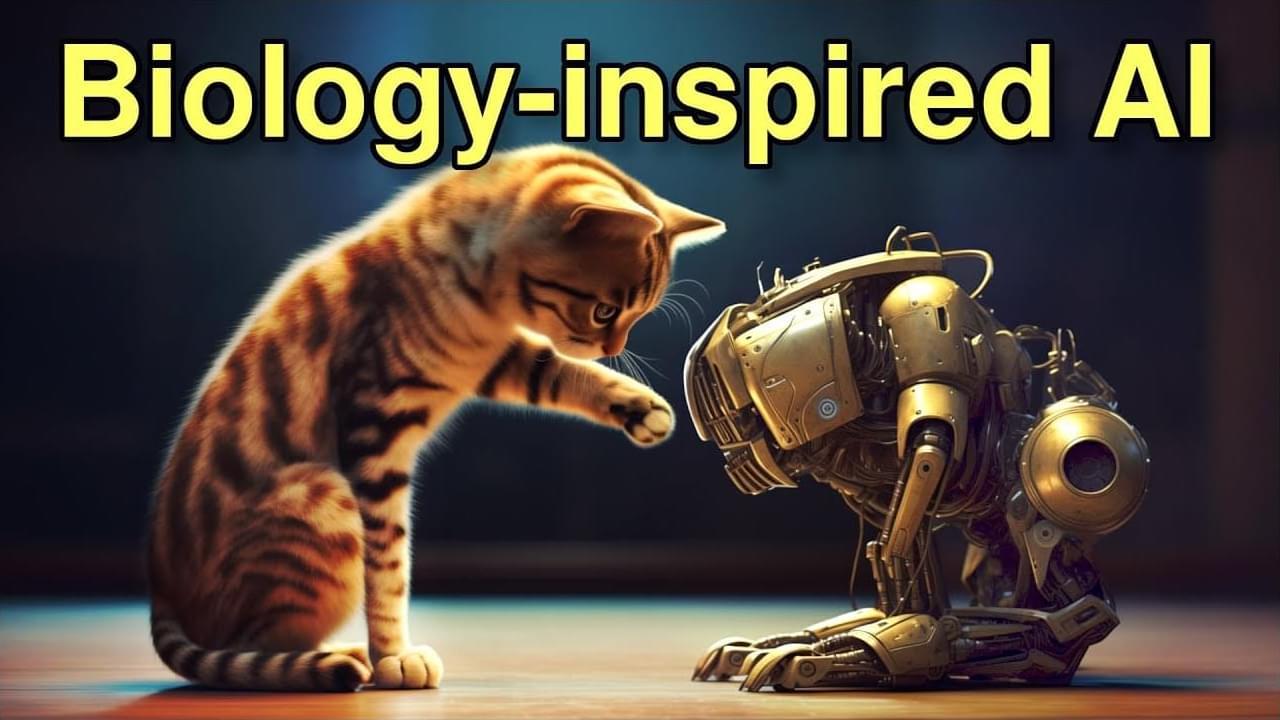Aug 5, 2024
Dr. Ben Goertzel Discusses Artificial General, Non-Human & Cosmist Intelligences
Posted by Dan Breeden in categories: blockchains, information science, robotics/AI, singularity
Singularity net Ben goerzel discusses artificial and general intelligence and cosmist intelligence.
Dr. Ben Goertzel discusses artificial general, non-human and cosmist intelligences with Ed Keller at The Overview Effect Lectures, which is a series positioned as a survey of some of the key operational themes critical to post planetary and universal design.


